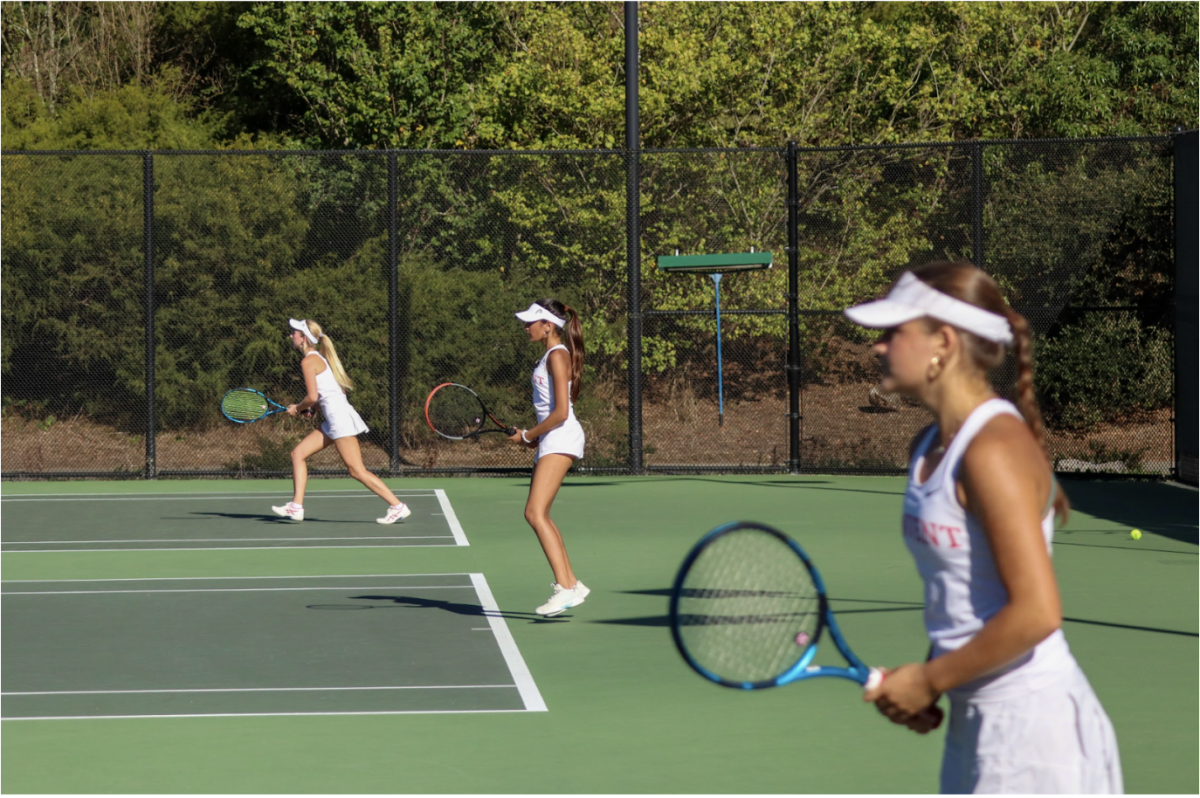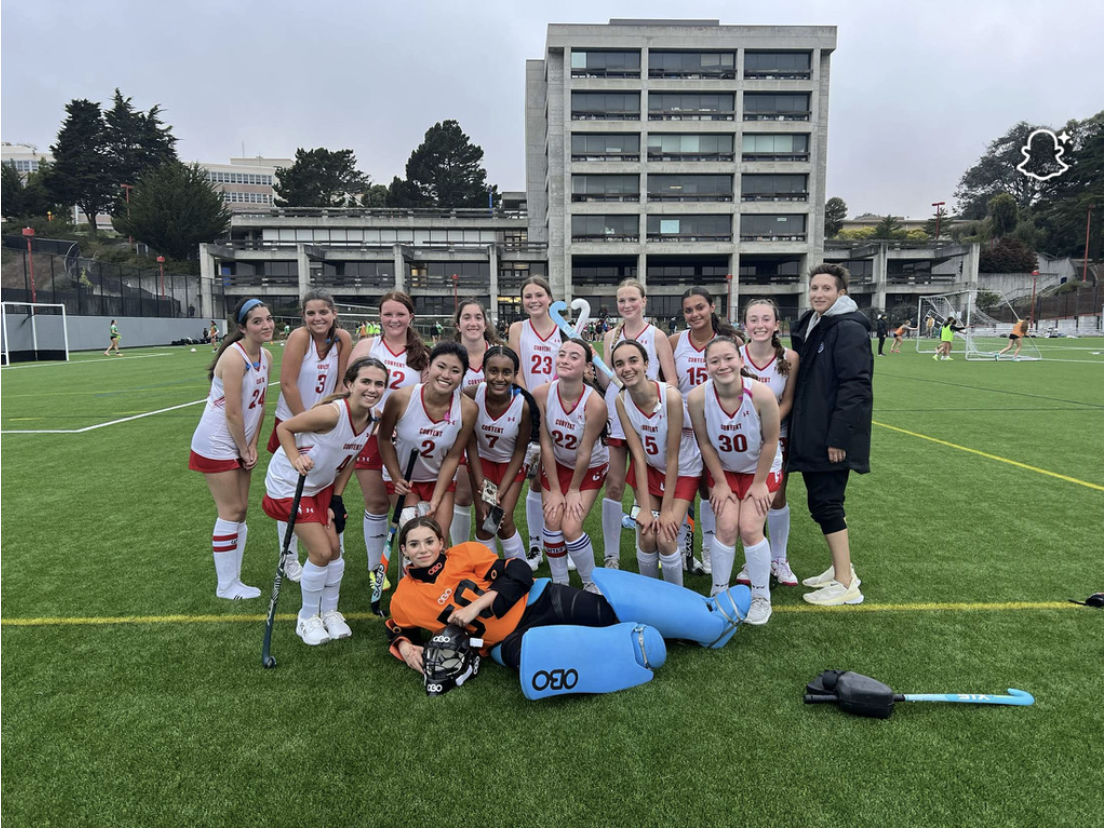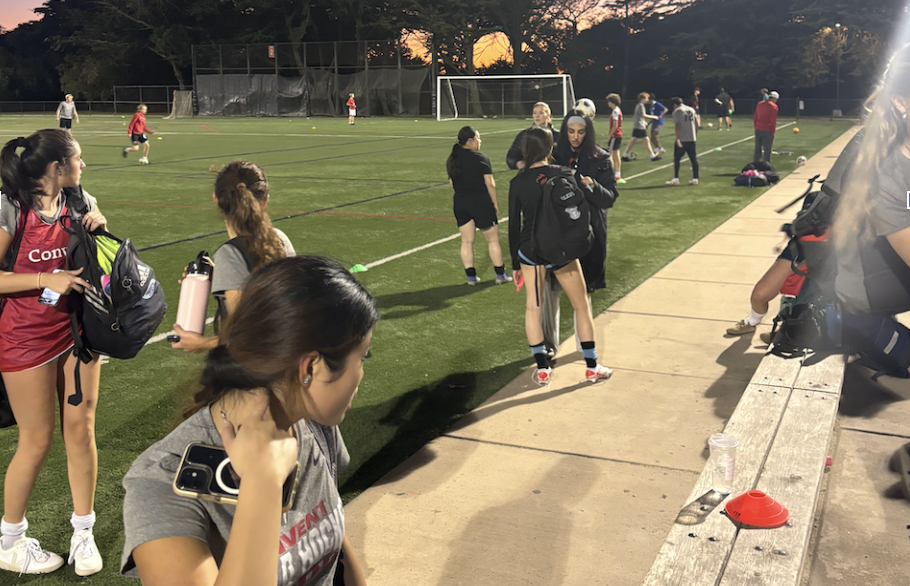 Camilla Bykhovsky
Camilla Bykhovsky
Senior Reporter
Like a baseball player who spends scores of hours on the field each week, ballerinas who divide their time between academic classes and ballet school are not guaranteed a place with the pros.
Three girls who spent most of their high school years dividing their school day between academics and ballet are reconsidering their future careers and where ballet fits in.
“I love dance but it’s not my passion,” junior Lisa Cameron, who left San Francisco Ballet School this past year, said. “I’ve always wanted to do something in the medical field, so it wasn’t as difficult to quit as somebody who saw themselves as a professional dancer.”
Cameron now dances for enjoyment rather than in an intensive program, which is a common choice for many high school dancers.
“I quit because I wanted to focus more on school,” Cameron said. “I was injured the year before, so I was off dance for a while. This allowed me to get a taste of what not doing ballet was like, and it was better than I thought.”
About 100 dancers train in the SF Ballet school, and from those, two to four will be chosen to enter an apprentice program in which the selected dancers will get an opportunity to work with the professional program and possibly advance to become professional dancers, according to Ballet Master Cathy Erickson- Nemy.
“I was super upset for a few days when I got let go because ballet has been my life ever since I was a little girl,” junior Christina Braa said. “I got over it, and now I’m glad that San Francisco Ballet told me not to return because I got new experiences when I went to Kirov Academy of Ballet in Washington, D.C. for a year.”
Convent has been flexible in its scheduling for dancers by putting core classes such as English, history, math and science in the morning and independent study for classes such as theology, so girls can leave midday to make it to rehearsal and dance classes, according to Academic Programming Director Doug Grant.
“Many of my classmates no longer go to school and either home-school or do independent study, which allows them to fit school in around their ballet schedule,” Dervla Carey-Jones, who attends SF Ballet School said. “Being at Convent has made me able to fit ballet into my high school experience.”
Parents receive an evaluation of their child’s performance twice a year from the dance school focusing on the student’s technical aptitude, commitment and physical development. The school may or may not offer the dancer re-enrollment at the end of the year.
“The school is by invitation and not open to the general public to join, and if a dancer is not advancing and getting stronger, then the school will let them know that they might want to look elsewhere,” Erickson- Nemy said. “As hard as it is letting go a dancer, it is actually a good thing because if the dancer is not going to make it, it is better to look for other opportunities earlier rather than leading them on a blind alley, so to speak.”
Dancers who finish formal studies and move on to take higher level classes, continue to take classes throughout her career.
“I wanted to focus completely on ballet if I was going to be a professional dancer,” Braa said. “I decided home schooling would be a better option, even though I would be missing out on real school, this was my dream, and after stopping SF Ballet a year ago, I decided to dance ballet for fun because it is hard to stop once you have started, but I will be exploring other art forms, like acting and singing.”
Many who continue to focus on ballet find it very rewarding as it helps teach endurance and how to be patient with skills as they are developing, according to Carey-Jones.
“I love dancing on the Opera House stage because of how great it feels to perform and have a huge crowd applaud what you and your friends have made seem effortless,” Carey-Jones said.








